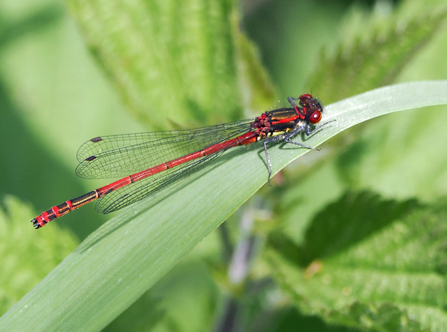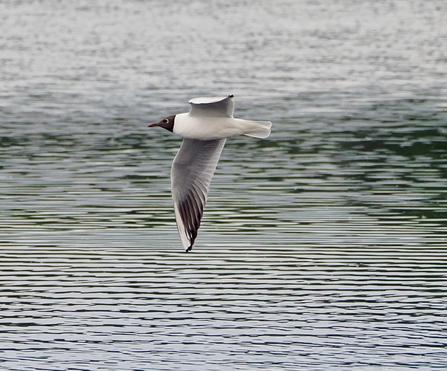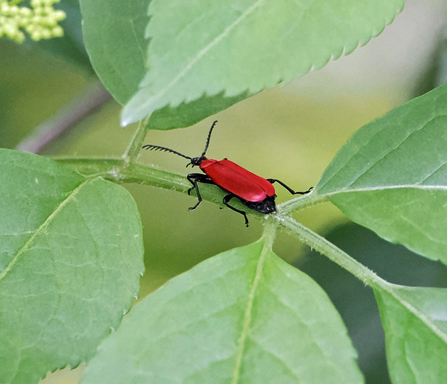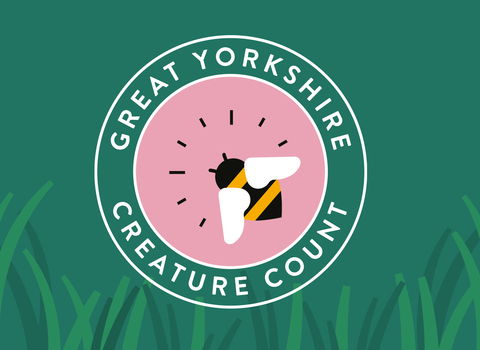I’m walking past a scrubby patch of nettles when my eyes are drawn to a tiny splash of scarlet on a vivid green leaf. I look more closely and find the scarlet is dotted with black. It’s a 7-spot ladybird – a miniature masterpiece of nature and prodigious muncher of aphids. I’m especially pleased to see this one because it’s on a list of 30 animals I’m trying to spot.
I’m having an early go at the Great Yorkshire Creature Count (GYCC) – Yorkshire Wildlife Trust’s annual “wildlife census.” On Saturday 15th and Sunday 16th June, people across the region are being urged to search for, count and record the wildlife on their doorstep. The 30 target species include insects like common woodlice and marmalade hoverflies, birds such as house sparrows and blackbirds, and mammals like foxes and hedgehogs. You don’t have to be an expert: it’s a fun way of connecting with nature, while at the same time providing important information to help YWT build up a picture of how some of our more common species are faring.
I’m doing the GYCC at Potteric Carr, but you don’t have to go to a nature reserve…every garden, yard and scrubby piece of grass could make a difference.





